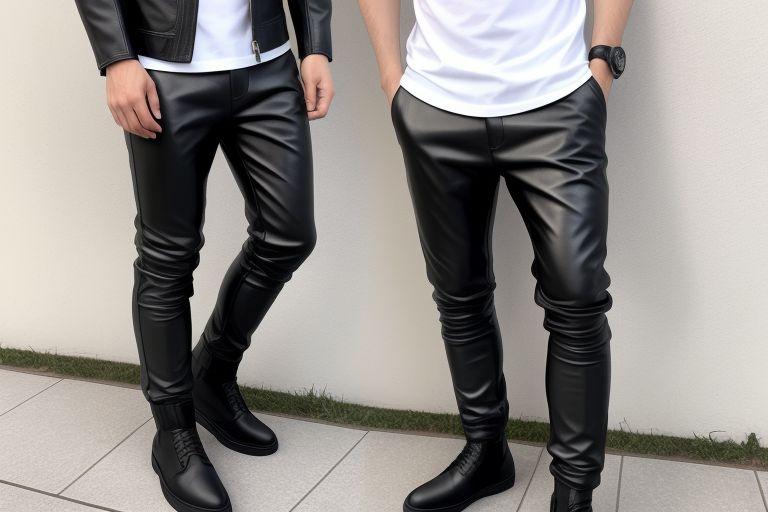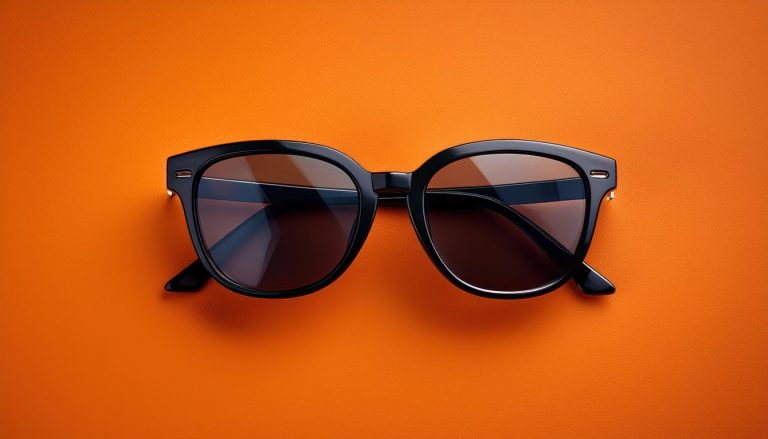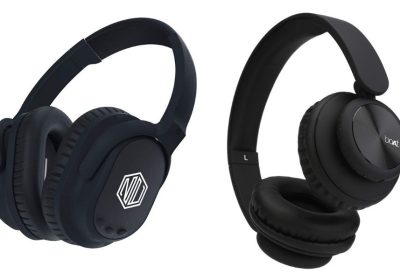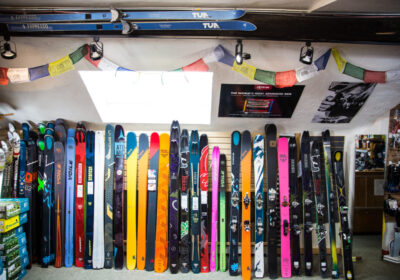
How to Spot High-Quality Leather Pants Before You Buy?
Leather pants are bold. They make a statement even in the simplest outfit. But not all pairs live up to the look. Some stretch out, crack, or fall apart after one season. Others hold their shape, break in with wear, and keep getting better over time.
The difference starts before you ever wear them. It’s in the feel, the fit, and the craftsmanship. Leather pants aren’t like denim or chinos. You can’t judge them on color alone or trust a label. You need to know what to touch, what to test, and what to avoid.
Here’s a complete guide to spotting high-quality leather pants before you buy—so you don’t waste your money or end up with a pair that lets you down.
1. Know What Kind of Leather You’re Looking At
The first thing that matters is the leather itself. The quality of the hide sets the tone for everything else. If it’s cheap or overly treated, nothing else can save it.
- Full-grain leather is the best. It comes from the top layer of the hide and shows the natural grain. It’s thick, durable, and ages with character. Expect to pay more for this, but it lasts longer and molds to your body over time.
- Top-grain leather is a step below. It’s been sanded to remove imperfections, making it smoother and more uniform. It’s still strong, still a good pick, but not quite as tough as full-grain.
- Genuine leather sounds good—but it’s not. It’s made from lower layers of hide and is heavily processed. It lacks strength, stretches out, and wears down quickly.
- Bonded leather is scraps and glue. If the price looks too good to be true, this is probably what you’re getting.
Stick with full-grain or top-grain. Run your hand over the surface. You should feel texture, weight, and depth—not a plastic-like coating or waxy slickness.
2. Check for Stretch and Flex
Leather pants need to move with you. They can’t be stiff like a jacket or rigid like boots. That doesn’t mean they should stretch out of shape. It means the leather should flex and return.
Bend the fabric. Does it crease and stay creased, or does it bounce back clean? Look at the knees and waistband. These areas get the most movement, so poor leather will start to crack here fast.
Some styles include a touch of stretch with a small amount of elastane blended into the lining or backing. This isn’t always bad. It can help with comfort. But if the leather feels too thin or floppy, that’s a red flag.
3. Look at the Stitching and Seams
Seams tell the truth. If they’re sloppy, uneven, or loose, it doesn’t matter how nice the leather is—the pants won’t last.
Check along the side seams, waistband, inner legs, and cuffs. The stitches should be even, tight, and reinforced at pressure points. Look for double stitching at the waist and pockets. These areas carry weight and need extra support.
Turn the pants inside out, if possible. The inner construction should be clean, with no hanging threads or rough joins. Cheap pants often skip this part, but it’s where the signs of low-quality really show.
4. Inspect the Lining
Not all leather pants are lined, but if they are, the lining should be smooth, breathable, and secure. Cotton blends, silk, or light synthetics are common.
The lining should sit flat inside the pants, not bunch or sag. If it pulls at the seams or feels thin, it won’t hold up.
A good lining helps with comfort. It also protects the leather from sweat and friction, especially in warmer weather or during long wear.
Some unlined leather pants skip the barrier altogether, leaving the leather against your skin. This can work if the leather is soft enough, but it needs to be high quality and well cut.
5. Test the Weight and Drape
Good leather has weight—not heaviness, but substance. It shouldn’t feel flimsy or light like fabric. Lift the pants. Hold them from the waistband. Let them hang.
They should fall clean and hold their shape. Poor leather puckers or collapses. It has no structure. Good leather hangs with presence. The legs don’t twist or bunch. The waistband holds straight.
Try them on. Walk, sit, squat. See how they move. A well-cut pair should feel like a second skin—not like armor, not like plastic.
6. Check the Waistband and Closures
The waistband anchors the pants. If it’s weak or poorly stitched, the rest doesn’t matter.
Feel the waistband for firmness. It should stay flat against your waist without folding or sagging. Check the closure—buttons, hooks, zippers. They should close cleanly and feel secure.
Metal zippers are better than plastic. Look for names like YKK—a trusted zipper brand. Test the fly. If it catches or sticks, walk away.
Also look at belt loops, if there are any. They should be stitched into the waistband, not just tacked on top.
7. Watch for Uneven Color or Texture
High-quality leather carries depth in color. It shows slight variations, not flat or painted-on pigment. Natural marks in full-grain leather are a good thing. They mean the leather wasn’t over-processed.
If the pants have a glossy, high-shine finish, check that it doesn’t feel like a plastic coat. Some finishes can hide low-grade leather. Rub the surface gently with a clean cloth. If color transfers or flakes, the dye isn’t sealed well.
Matte and semi-gloss finishes usually hold up better. They age with wear instead of peeling.
8. Fit Should Be Clean, Not Tight
ZippiLeather Leather pants should fit like tailored denim—not leggings. Too tight, and they’ll stretch out or split at the seams. Too loose, and they’ll sag or look unfinished.
Look for clean lines through the hips and thighs. The seat should hold shape without pulling. The rise should match your body—low, mid, or high—but it needs to sit flat.
The legs should fall straight without twisting. Watch out for puckering near the knees or crotch. That’s a sign of poor cutting or rushed assembly.
Good leather pants look sculpted. Not stiff, not baggy—just clean.
9. Ask About the Tanning Process
Tanning determines how the leather feels and ages. There are two main types:
- Vegetable-tanned leather: Uses natural tannins from plants. It takes longer to produce and often costs more. The leather has a rich, earthy tone and gets better with age.
- Chrome-tanned leather: Uses chemicals to speed up the process. It’s cheaper and more flexible but may not age as well.
Some chrome-tanned leathers can still be good, but transparency matters. If a brand won’t say what kind of tanning they use, that’s not a great sign.
10. Price Isn’t Everything—But It Tells a Story
You don’t need to spend a fortune, but you won’t find high-quality leather pants for the price of jeans.
Expect to invest. You’re paying for skilled labor, proper tanning, and full hides—not scraps or synthetic blends.
If the price feels suspiciously low, there’s a reason. It might be bonded leather. It might be plastic-coated. It might be cut from leftover hide pieces. Always ask questions. Always check construction.
Final Word
High-quality leather pants aren’t about trends or flash. They’re about build, fit, and feel. They should support your body, move with you, and hold up over time. They shouldn’t crease in all the wrong places or lose shape after one night out.
When you shop, slow down. Look closely. Touch everything. Try them on and trust what your body tells you. If they feel right, they’ll stay right.
And once you find a pair that fits well, ages with wear, and looks better every time you pull them on—you won’t go back.








